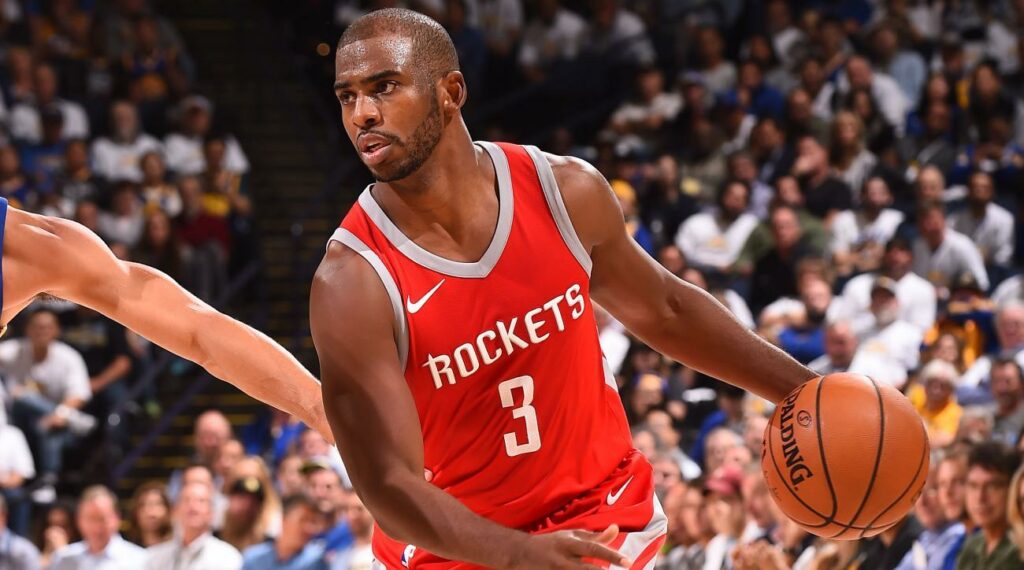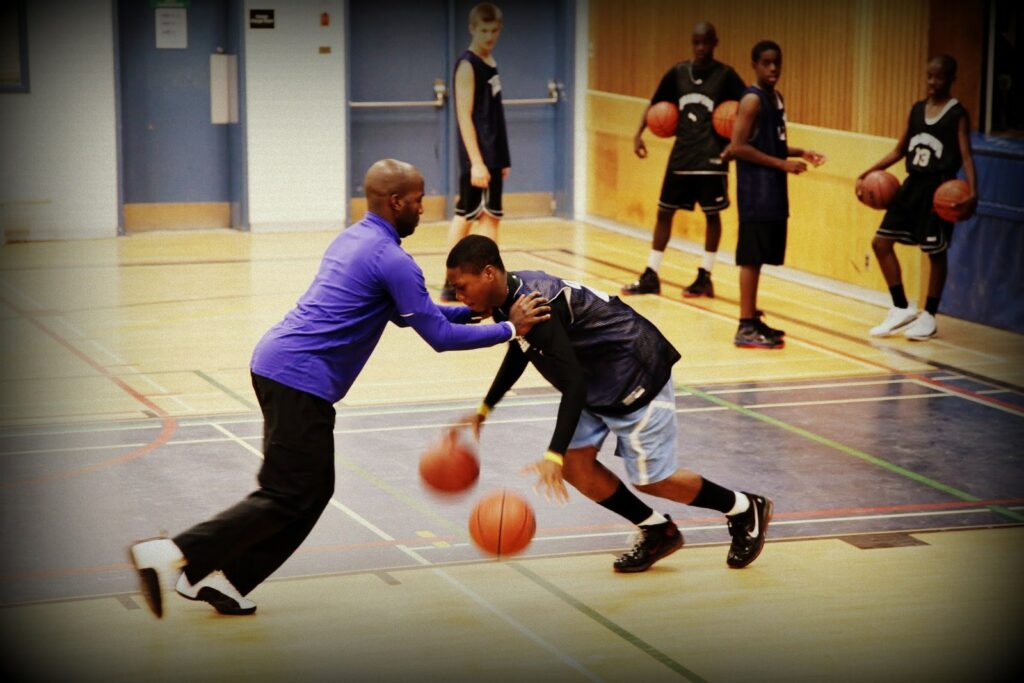
How to Handle Injuries and Recovery in Your Basketball Program: Having the Right Game Plan
Injuries are an inevitable part of any basketball program, and managing them effectively is crucial for maintaining team performance and player well-being.
A well-structured approach to injury management and recovery can minimize downtime, optimize healing, and ensure that players return to the court stronger than ever. This article provides comprehensive strategies for handling injuries and recovery in your basketball program.

1. Understanding Common Basketball Injuries
Basketball players are susceptible to various injuries due to the sport’s high-intensity nature. Understanding these injuries is vital for developing effective prevention and treatment strategies.
Common Injuries in Basketball
- Ankle Sprains: Often caused by awkward landings or sudden changes in direction, ankle sprains are among the most common injuries in basketball. They can vary in severity from mild to severe, affecting a player’s ability to perform.
- Knee Injuries: Knee injuries, including ACL tears, meniscus tears, and patellar tendinitis, often result from sudden stops, pivoting, and jumping. These injuries can have significant long-term impacts on a player’s career.
- Hamstring Strains: Hamstring strains typically occur from explosive movements, sprinting, or fatigue. Proper warm-up and conditioning are essential to prevent these injuries.
- Shoulder Injuries: Repetitive overhead motions and impacts can lead to shoulder injuries such as rotator cuff strains or shoulder dislocations.

2. Implementing Preventative Measures
Preventing injuries is the first line of defense in managing them. Implementing preventative measures helps minimize the risk of injury among players.
Pre-Season Conditioning
- Strength and Flexibility Training: Design a comprehensive conditioning program focusing on building strength, flexibility, and endurance. This prepares players for the physical demands of the season.
- Cardiovascular Fitness: Incorporate aerobic exercises to enhance cardiovascular fitness, enabling players to maintain high performance levels throughout games.
Proper Warm-Up and Cool-Down
- Dynamic Warm-Up: Implement thorough warm-up routines that include dynamic stretches and mobility exercises to prepare muscles and joints for activity.
- Cool-Down Protocols: Encourage players to engage in cool-down exercises, including static stretches, to aid recovery and prevent soreness.
Technique Training
- Skill Development: Focus on proper technique in drills and gameplay to reduce the risk of injuries related to poor form.
- Injury Prevention Drills: Incorporate drills designed to enhance stability and strength, such as balance exercises and proprioceptive training.

3. Handling Injuries: Immediate Response
Proper immediate response to injuries can significantly impact recovery and long-term health.
Assess the Injury
- R.I.C.E. Method: Quickly evaluate the severity of the injury using the R.I.C.E. method (Rest, Ice, Compression, Elevation). This initial treatment can reduce swelling and pain.
- Signs and Symptoms: Be aware of signs of severe injuries, such as inability to bear weight, significant swelling, or unusual joint movements.
Seek Medical Attention
- Professional Evaluation: For serious injuries, consult with a medical professional for a comprehensive diagnosis and treatment plan. Early intervention can prevent long-term complications.
Document the Injury
- Record-Keeping: Keep detailed records of the injury, including how it occurred, symptoms, and any medical evaluations. This documentation is valuable for tracking recovery and addressing any recurring issues.
4. Developing an Effective Rehabilitation Program
Rehabilitation is crucial for recovery and return to play. A structured rehabilitation program can help players heal effectively and regain strength.
Follow Medical Advice
- Rehabilitation Plans: Adhere to the rehabilitation plan provided by healthcare professionals, including physical therapy exercises and treatments. This ensures players recover properly.
Gradual Return
- Return-to-Play Protocol: Implement a gradual return-to-play protocol, starting with light activity and progressively increasing intensity based on recovery progress. This reduces the risk of re-injury.
Incorporate Rehabilitation Exercises
- Specific Exercises: Include exercises designed to strengthen the injured area and restore full function. Focus on range-of-motion exercises, strengthening drills, and functional movements.

5. Monitoring Recovery and Adjusting Training
Continuous monitoring and adjustment are essential for effective recovery. Regular assessments help ensure that players are progressing as expected.
Track Player Development
- Performance Metrics: Use performance metrics, feedback, and observations to track individual progress. Regular check-ins can help assess how players are recovering and adapting.
Adjust Training
- Modify Training Loads: Based on the player’s recovery status, adjust training loads and intensity to prevent re-injury and ensure a safe return to full activity.
Communicate with Medical Staff
- Open Dialogue: Maintain open communication with medical professionals to receive updates and adjust the recovery plan as needed. This collaboration is vital for ensuring player health.
6. Promoting Overall Player Well-Being
Addressing overall player well-being supports recovery and performance. A holistic approach considers physical and mental aspects.
Mental Health Support
- Psychological Assistance: Provide support for the psychological impact of injuries, including counseling and mental skills training to help players cope with the stress of injury. Mental resilience is key to recovery.
Nutrition and Hydration
- Healthy Eating: Emphasize the importance of proper nutrition to support healing. Encourage a balanced diet rich in nutrients, vitamins, and minerals.
- Hydration: Maintain hydration before, during, and after practices and games to aid in recovery and overall performance.
Rest and Sleep
- Adequate Sleep: Encourage adequate rest and sleep to facilitate recovery. Sleep plays a crucial role in physical and mental health.

7. Educating Players and Staff
Education is key to preventing and managing injuries. Providing comprehensive knowledge can empower players and staff.
Injury Awareness
- Workshops: Educate players on common injuries, prevention strategies, and proper techniques to minimize risk. Awareness can significantly reduce injury occurrence.
First-Aid Training
- Basic Training: Ensure that coaching staff and team personnel are trained in basic first aid and injury management to provide immediate assistance when needed. This training is crucial for quick response.
Regular Updates
- Ongoing Education: Keep players and staff informed about injury prevention strategies and recovery protocols through regular meetings or newsletters.
8. Creating a Supportive Recovery Environment
A supportive environment can enhance the recovery process, making players feel valued and motivated during their rehabilitation.
Foster a Positive Atmosphere
- Team Morale: Create an environment that encourages players to focus on their recovery. Celebrate small achievements in recovery to boost morale and confidence.
Provide Resources
- Access to Rehabilitation: Offer access to rehabilitation resources, such as physical therapy, wellness programs, and educational materials on recovery techniques.
Encourage Team Support
- Supportive Culture: Promote a culture of support within the team. Encourage teammates to support injured players during their recovery, fostering camaraderie and unity.
How to Handle Injuries and Recovery in Your Basketball Program Conclusion:
Handling injuries and recovery in your basketball program involves understanding common injuries, implementing preventative measures, providing effective immediate response and rehabilitation, monitoring recovery, promoting overall well-being, educating players and staff, and creating a supportive environment.
By following these strategies, you can manage injuries effectively and support players in returning to peak performance. This proactive approach not only minimizes the impact of injuries on your team but also fosters a culture of health, resilience, and growth.



